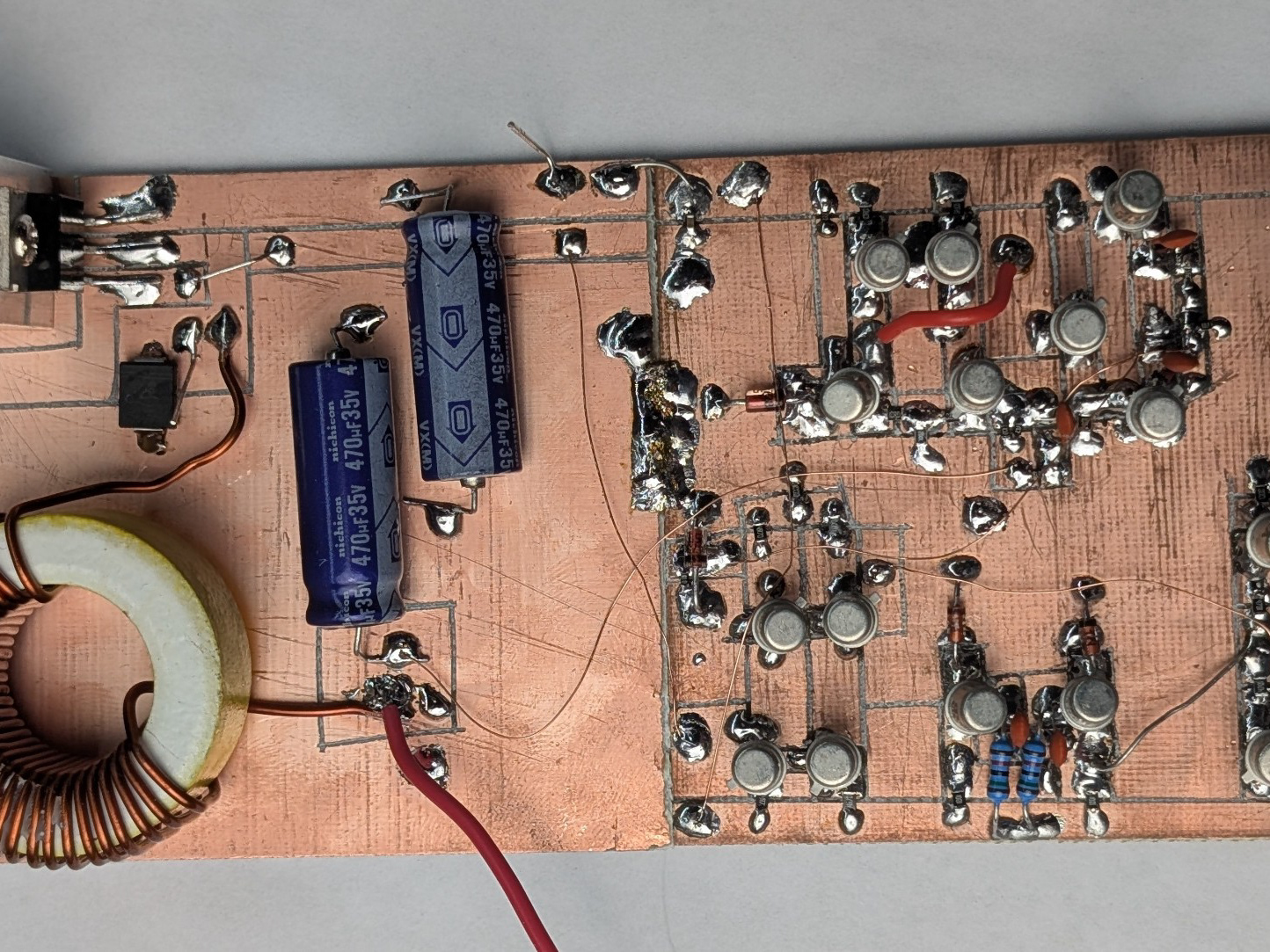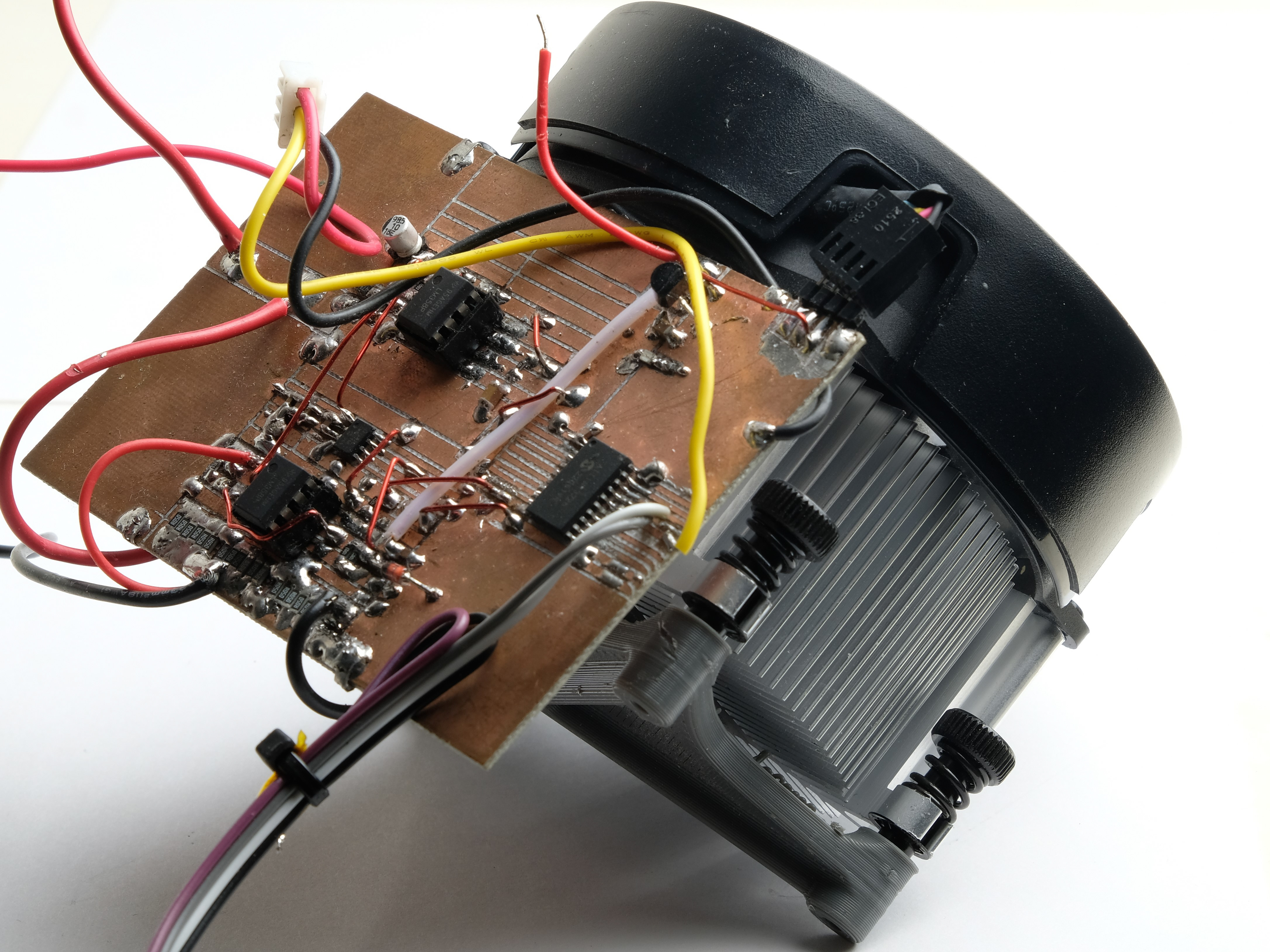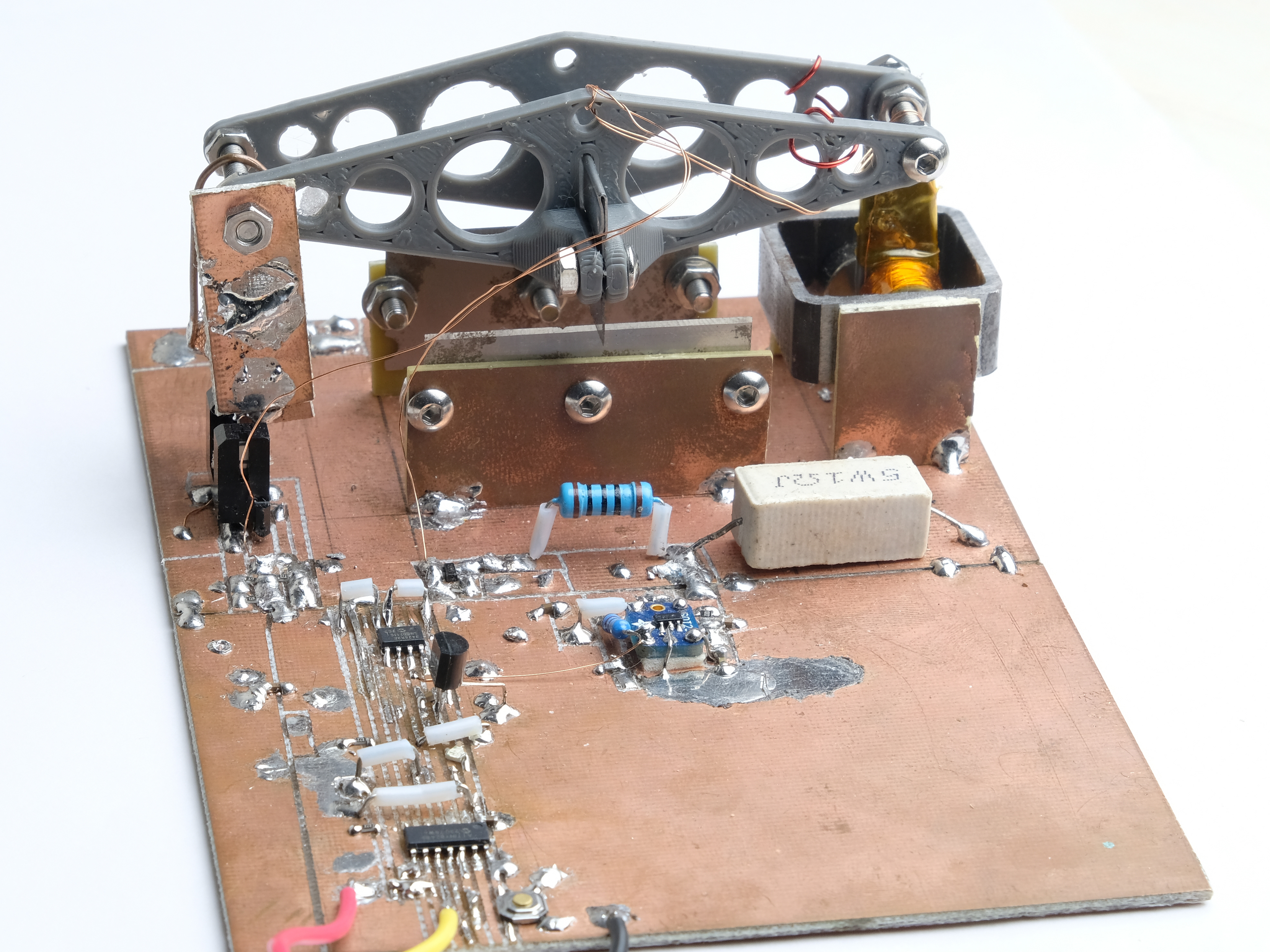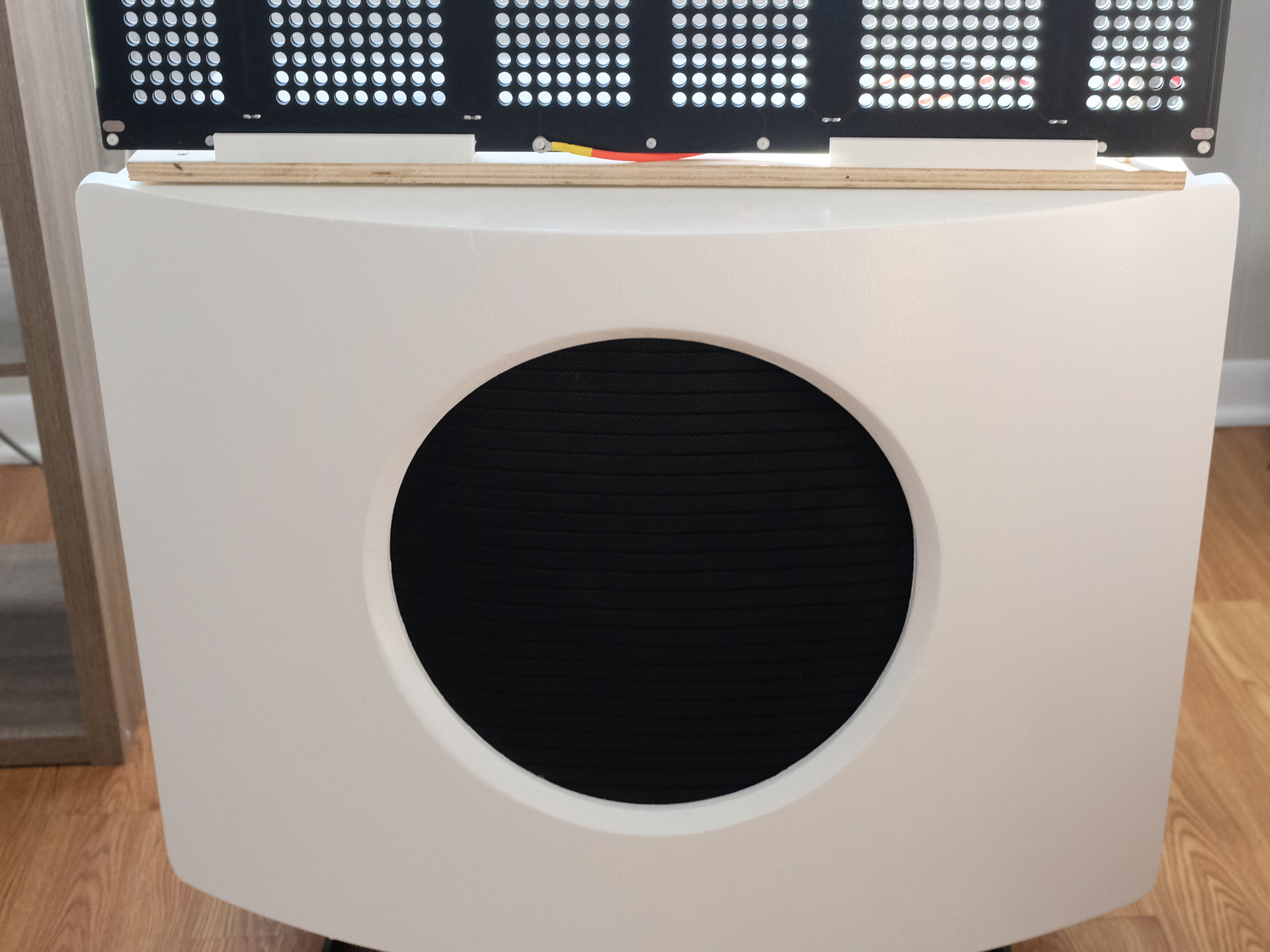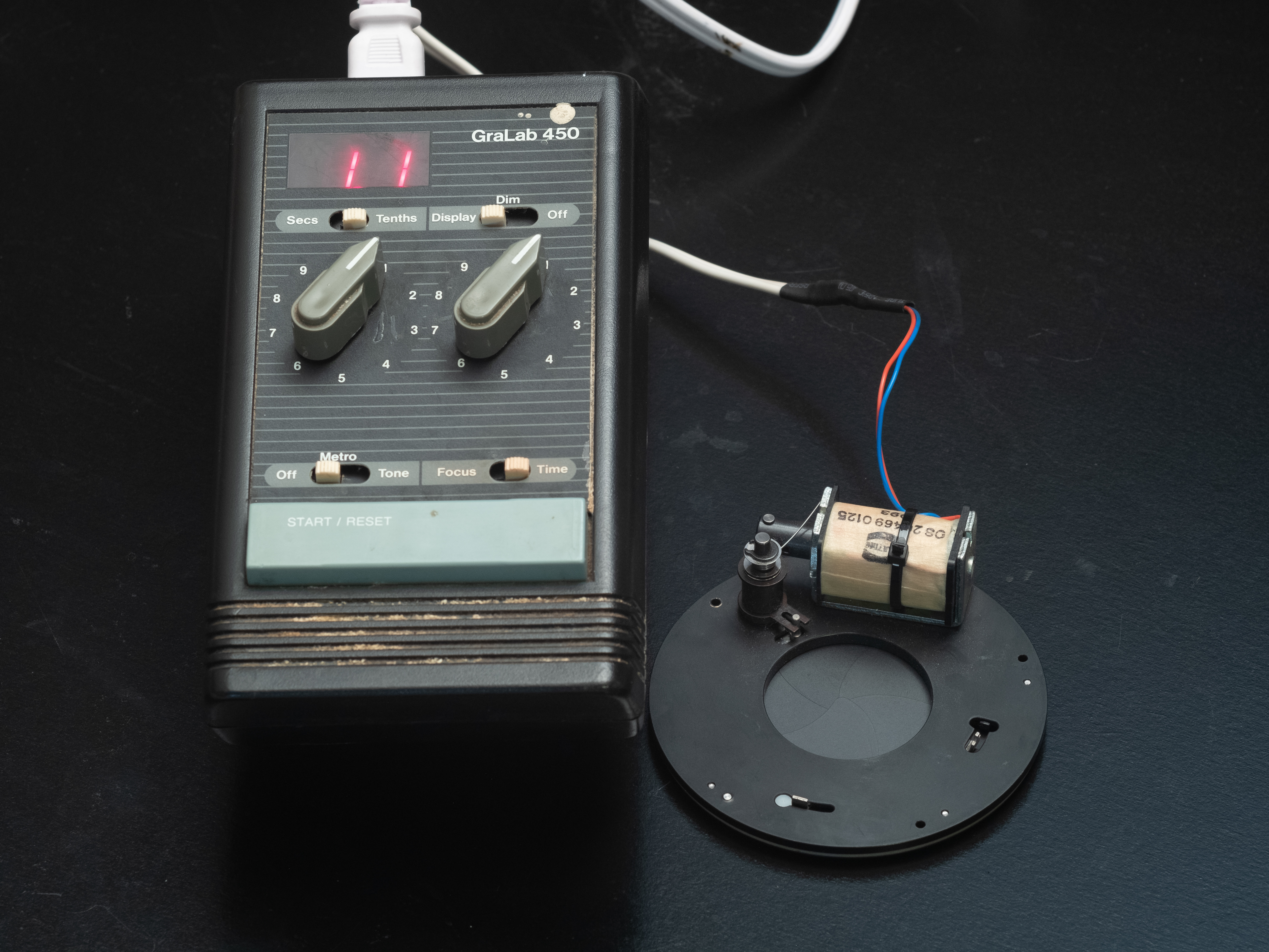Figure 1. Lindosland. (2009). ITU-R 468 graph, A weighting, ISO 226 inverse, showing that A-weighting is similar to the equal loudness curves of human hearing for sine tones. Public Domain. Retrieved from https://commons.wikimedia.org/wiki/File:Lindos3.svg
Figure 2: Block diagram of the sound level meter
Figure 3: Sound level meter hardware implementation showing A) preamplifier; B) weighting filter and RMS-DC; C) log amplifier and meter circuitry; D) charge pump
Figure 4: Preamplifier schematic
Figure 5: Weighting filter and RMS-DC converter. Beis, Ewe. "Weighting Filter Set." October 2015. Web. 25 Apr. 2024. <https://www.beis.de/Elektronik/AudioMeasure/WeightingFilters.html>.
Figure 6: Log amp and meter conditioning
Figure 7: Dickson charge pump
